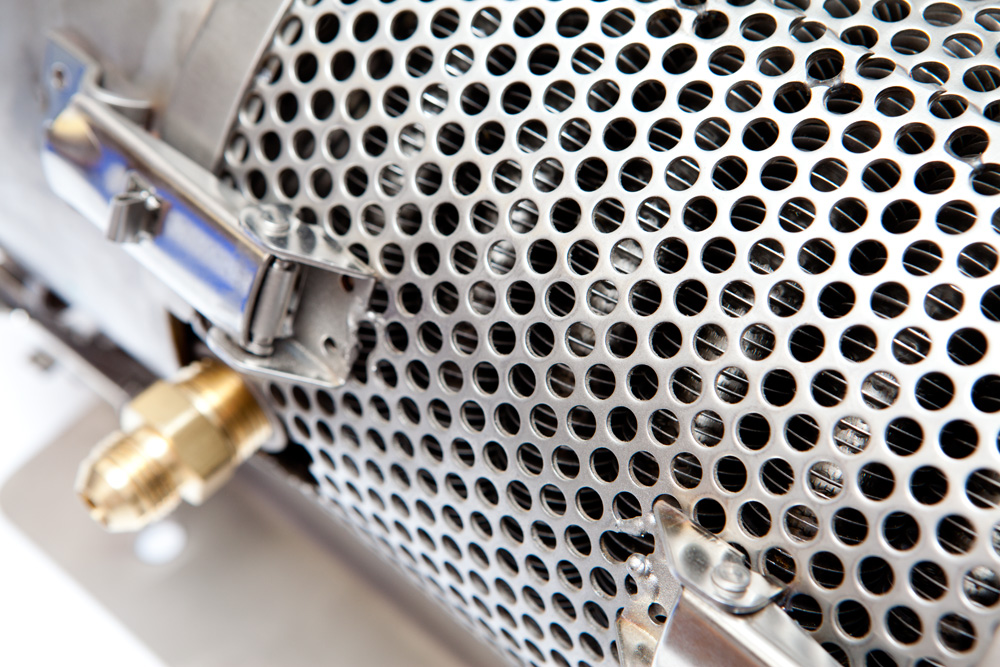You already said that. I am asking you at what concentration in the atmosphere is CO2 a lethal pollutant?CO2 is a lethal pollutant. You are clueless kidWhat's that ppm level, Frannie?CO2 is a pollutant when their is too much present in the air system, such as in a cave or in a volcanic event. Dude all these people died of excess CO2So you can't show me on this plot where CO2 would be considered a pollutant, Frannie?Again fool, wear a mask and exercise, your O2 uptake will be restricted and your CO2 blood levels will rise and CO2 will be a pollutant in your body within 5 minutes reducing your outputInteresting. So can you show me from this historic plot of CO2 at which concentrations of CO2 would be considered pollution?Not true as CO2 in the oceans is also pollution and if the oceans die so do weWell there were more rain forest sequestering CO2
Just out of pure curiosity ... why do you think humans were absorbing 1,954.8 billion tons of CO2 at the time Christ was born? ...
The overwhelmingly vast majority of CO2 is held in the oceans.
True, but so what?
{...
The oceans contain about 50 times more CO 2 than the atmosphere and 19 times more than the land biosphere. CO 2 moves between the atmosphere and the ocean by molecular diffusion when there is a difference between CO 2 gas pressure (pCO 2 ) between the atmosphere and oceans.
...}
It is only the CO2 in the atmosphere we care about, since that is what changes the frequency of sunlight and causes heat retention, (aka greenhouse effect).
View attachment 410269
View attachment 410298
So kid CO2 is a lethal pollutant
Gas cloud kills Cameroon villagers
An eruption of lethal gas from Lake Nyos in Cameroon kills nearly 2,000 people and wipes out four villages on August 21, 1986. Carbon dioxide, though ubiquitouswww.history.com
An eruption of lethal gas from Lake Nyos in Cameroon kills nearly 2,000 people and wipes out four villages on August 21, 1986. Carbon dioxide, though ubiquitous in Earth’s atmosphere, can be deadly in large quantities, as was evident in this disaster.
Lake Nyos and Lake Monoun are both crater lakes about a mile square located in remote mountain areas of northwest Cameroon, dominated by rock cliffs and lush vegetation. In August 1984, 37 people near Lake Monoun died suddenly, but the incident was largely covered up by the government. Since there is no electricity or telephone service in the area, it was not difficult to keep the incident secret and the 5,000 people who lived in villages near Lake Nyos were unaware of the potential danger of their own lake. At about 9:30 p.m. on August 21, a rumbling noise emanated from the lake for 15 to 20 seconds, followed by a cloud of carbon-dioxide and a blast of smelly air. The cloud quickly moved north toward the village of Lower Nyos. Some people tried to run away from the cloud; they were later found dead on the paths leading away from town. A woman and child were the only two survivors of Lower Nyos.
The deadly cloud of gas then moved on to Cha Subum and Fang, where another 500 people lost their lives. The carbon dioxide killed every type of animal–including small insects–in its path, but left buildings and plants unaffected. Reportedly, even survivors experienced coughing fits and vomited blood.
Outsiders learned of the disaster when they approached the villages and found animal and human bodies on the ground. The best estimate is that 1,700 people and thousands of cattle died. A subsequent investigation of the lake showed the water level to be four feet lower than what it had previously been. Apparently, carbon dioxide had been accumulating from underground springs and was being held down by the water in the lake. When the billion cubic yards of gas finally burst out, it traveled low to the ground–it is heavier than air–until it dispersed. Lake Nyos must now be constantly monitored for carbon-dioxide accumulation.
I think it's comical that you call me frannie when you embarrass yourself silly
You are the poster Frannie who got banned, you already admitted it before. Everyone knows who you are.



